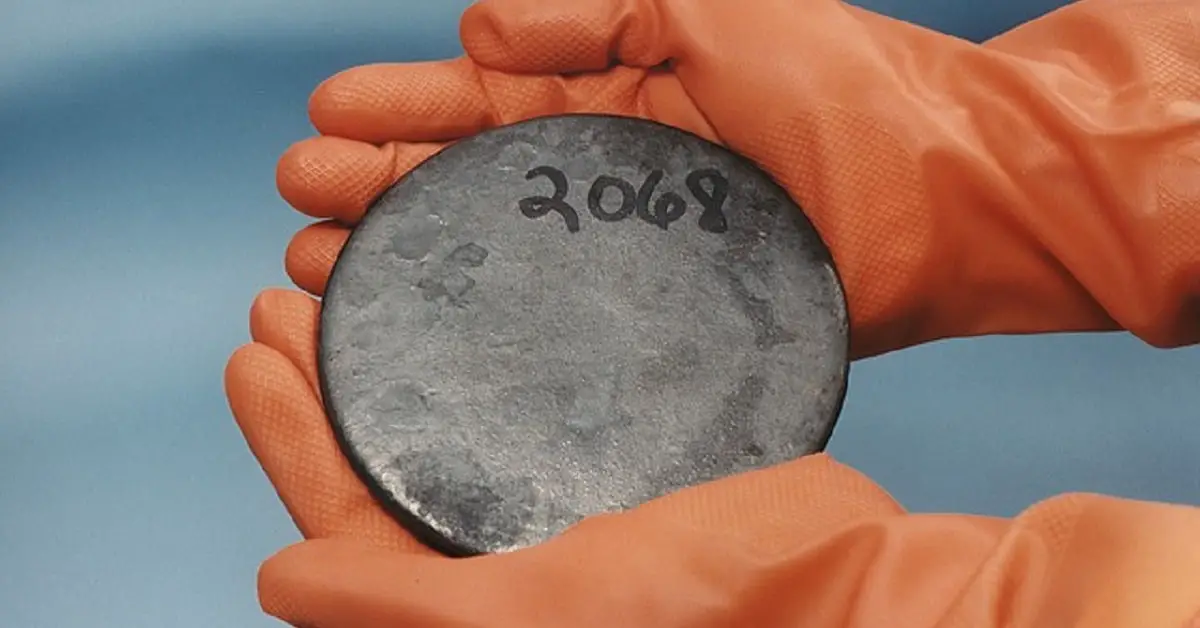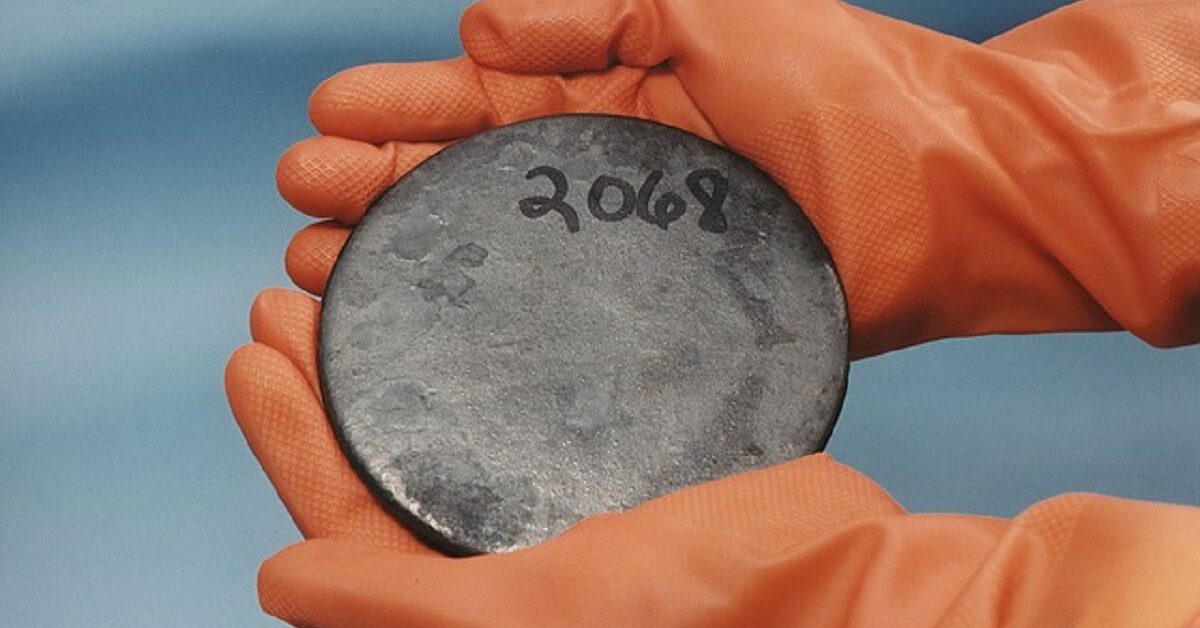
Based on Einstein’s mass-energy equivalence principle, 1g of uranium releases 20 billion calories when it undergoes complete fission.
Similarly, the amount of energy released when 1 kg (2.2lbs) of uranium-235 undergoes complete fission is approximately 20 billion kilocalories.
This article shows you how to use the Einstein equation E=mc2 to calculate the number of calories released by 1g of uranium undergoing fission.
The calculation is easy. You only need high school-level math.
We also offer in-depth answers if you’ve been wondering whether you can eat uranium and what happens if you eat the metallic element: Will eating the metal give you lots of calories and make you fat?
Contents:
How many calories are in a gram of uranium?
Calories in nutrition vs. calories in physics
Dietary calories vs. non-dietary calories
How to calculate calories equal to 1g of “missing mass” when 1kg of uranium undergoes fission
How many calories are released when 1g of uranium-235 undergoes fission
How many calories are released per atom of uranium-235 fissioned?
Fun Facts: 1g of 235U releases 20 billion calories of energy
—How many calories were in the Hiroshima and Nagasaki bombs?
—Calories released by 235U compared with TNT
—Calories released by 235U compared with the heating value of coal
How many calories are in plutonium?
How much protein does uranium have?
What happens if you eat the element?
What is uranium?

Uranium occurs in nature as a mixture of three major radioactive isotopes 238U, 235U, and 234U.
Uranium-238 is the most abundant of the three isotopes, while 235U is the only naturally occurring fissile material.
(Fissile material is any substance capable of sustaining a nuclear fission chain reaction.)
Uranium-235 is also the most sought-after of uranium’s three isotopes.
The isotope is used as fuel for nuclear power reactors and for building nuclear weapons.
The relative concentrations of the three isotopes in natural uranium are:
| Isotope | Abundance(%) |
| Uranium-238 | 99.28 |
| uranium-235 | 0.71 |
| Uranium-234 | 0.0054 |
Uranium-235 is obtained from natural uranium through the process of enrichment. Enrichment increases the proportion of 235U in natural uranium.
Depleted uranium with a higher proportion of 238U is a by-product of enrichment. It is used for industrial and military purposes, such as radiation shielding and armor-piercing munitions.
Uranium enriched for use in nuclear power reactors to generate electricity contains about 3% 235U. Uranium for nuclear weapons production (weapons-grade uranium) is enriched to over 90% of the fissile isotope.
[Note: Radioactive elements undergo spontaneous transformation (decay) to form other elements by releasing energy. Energy is released in the form of particles, including alpha, beta particles, or ionizing radiation, such as X-rays and gamma rays.]
How many calories are in a gram of uranium?
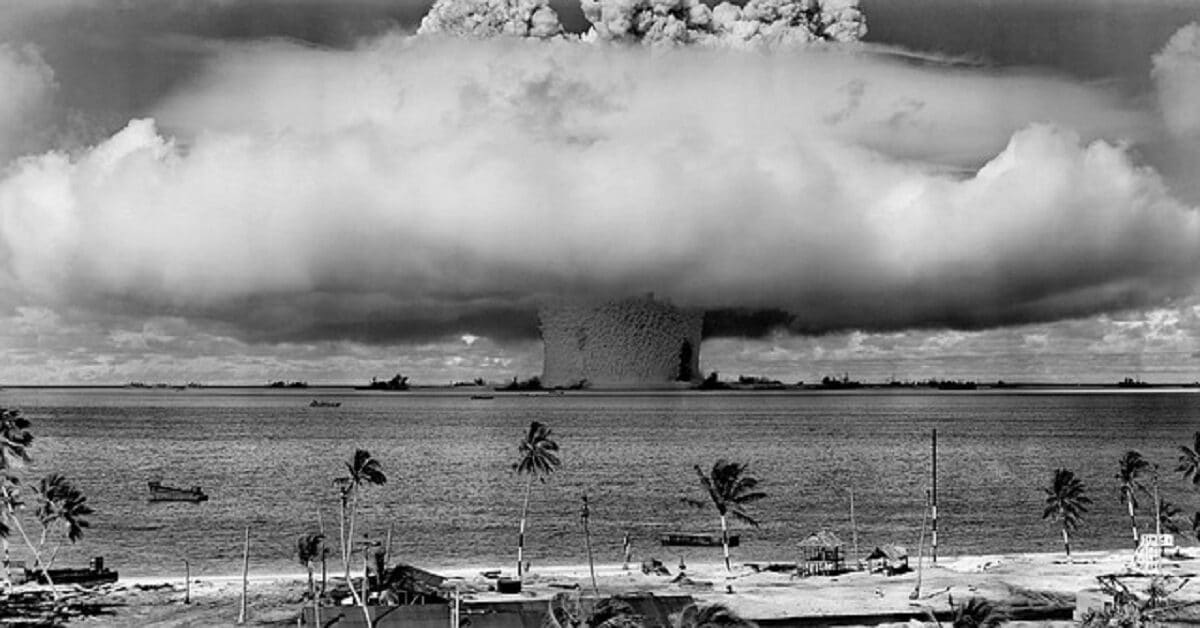
Uranium-235 is a concentrated source of energy. When it undergoes nuclear fission, a little less than 0.1 percent of the mass of the reacting system (uranium atom+neutron) is lost. The “missing mass” is released as energy.
Thus, when 1kg (2.2lbs) of uranium undergoes complete fission, the missing mass is approximately 1g (≈1g).
Based on the principle of mass-energy equivalence, the amount of energy equivalent to a gram of “missing mass” when 1 kg (2.2lbs) of uranium undergoes complete fission is approximately 20 billion kilocalories or 20 trillion calories.
However, you will need a kilogram (1kg) of uranium-235 to undergo complete fission to release so much energy. A gram of the metallic undergoing complete fission only produces about 20 million kilocalories or 20 billion calories (small calories).
1 kilocalorie = 1000 cal (small calories).
We shall later explain the difference between large calories, written with an upper case letter “C” (Calories), and small calories, with a lower case letter “c” (calories).
For now, you may just note that:
1 kilocalorie = I Cal = 1000 calories.
Regarding the complete fission of 1kg of 235U, the value of 20 billion Calories (kilocalories) is only a close approximation because the amount of “missing mass” is a little less than 1g.
Estimates of the amount of energy released when a kilogram of the element undergoes complete fission range from 17.5 billion Calories to 19 billion Calories (17.5 kilotons to 19 kilotons of TNT-equivalent of explosive energy).
Calories measure the amount of energy that can be obtained from a substance or reacting system.
However, the calories in uranium are not dietary. While chemists and physicists can release energy from uranium to generate electricity or the destructive force of an atomic bomb explosion, the human body cannot digest and utilize uranium’s calorie content for nutritional purposes. Thus, from a nutritionist’s perspective, the calories in the radioactive element are not available and thus do not count for dietary purposes.
You can only get dietary calories by eating nutritive animal foods, such as eggs and fish; fruits, such as apples, and bananas; and vegetables, such as celery and spinach.
We shall explain the difference between dietary calories and non-dietary calories in the next section. But if you are more interested in learning how to use the Einstein equation E=mc2 to calculate the calories equivalent to a gram of “missing mass” when 1kg of 235U undergoes complete fission, you may scroll down to the relevant section of this article: Calculate calories equal to 1g of “missing mass” when 1kg of uranium undergoes fission.
Calories in nutrition vs. calories in physics

Technically, a calorie (small calorie) is the amount of heat required to raise the temperature of a gram of water by one degree Celsius.
A kilocalorie is the amount of heat required to raise the temperature of a kilogram (2.2lbs) of water by one degree Celsius.
1 kilocalorie = 1,000 calories
The kilocalorie is equivalent to the large Calorie, represented in writing with a capital or uppercase “c” (Calorie). The small calorie is represented with a small or lowercase “c” (calorie).
1 Cal = 1 kilocalorie = 1000 calories
Nutritionists usually use the large Calorie (Calorie) to measure the amount of energy in food and beverages. Thus, the energy content information on food labels is expressed as large Calories.
To avoid confusion, you need to keep in mind that nutritionists often ignore the convention of using an uppercase “c” (C) to distinguish the large Calorie from the small calorie.
1 dietary/food calorie = 1 Cal = 1 kilocalorie = 1000 calories (small calories)
However, in chemistry and physics texts, calories (lower case “c”) refer exclusively to small calories.
Keep in mind that physical scientists prefer measuring energy in SI units (International System of Units), such as joules/kilojoules. Particle physicists also use the electron volt/megaelectron volt (eV/MeV) to measure energy at the subatomic level.
But nutritionists usually measure food energy in Calories.
1 calorie (small cal) = 4.184 joule;
1 Calorie (large cal) = 1 kilocalorie = 4184 joules.
Dietary calories vs. non-dietary calories
When we say that the complete fission of 1kg of uranium-235 releases approximately 20 billion Calories, we are referring to the energy stored in the binding forces between fundamental particles (nucleons: protons and neutrons) that constitute the nucleus of the uranium atom.
Breaking the binding forces through nuclear fission releases energy.
Your digestive system can’t access the calories stored in the uranium nucleus because it cannot split the uranium nucleus.
In contrast with nuclear energy, dietary calories come from the binding forces between atoms in the molecules of chemical compounds, such as glucose, protein, and fats. Biological systems break down these chemical bonds and utilize the energy released while performing activities such as skateboarding and push-ups.
The human body breaks down the chemical bonds in carbohydrates (glucose), protein, and fats to derive energy.
The digestive system may also get calories from incompletely absorbed hydrogenated carbohydrates known as polyols or sugar alcohols. Sugar alcohols include glycerin, propylene glycol, and sorbitol.
Manufacturers use sugar alcohols as humectants (moisture absorbers) in food and personal hygiene products, such as toothpaste. They are also solvent carriers in vape juice.
Although your body can metabolize proteins and fats, it preferentially metabolizes glucose.
Glucose metabolism

Your digestive system breaks down the complex carbs in food and beverages into simpler ones, such as glucose.
You use the oxygen you breathe in through your respiratory system to break down (metabolize) glucose. During cellular respiration, oxygen “combusts” glucose to produce carbon dioxide, water, and energy. The energy is available to fuel essential biological functions (such as heart-beat and blood circulation) that occur even while you are sleeping or sitting quietly watching TV.
The energy is also available for powering your skeletal muscles while performing physical activities, such as sit-up exercises, squats and trampoline exercise.
We may summarize the process of combustion of glucose with one equation:
C6H12O6 + 6O2 –> 6CO2 + 6H2O + energy (glucose + oxygen yields carbon dioxide + water + energy)
The energy released per mole of glucose is equivalent to 2870 kilojoules.
- 1 mole of glucose = 180g
- If 180g of glucose releases 2870 kilojoules
- Then, 1g of glucose releases 2870/180 = 15.94 kilojoules
- 1 kilojoule = 0.2390 kilocalories (divide 1 kilojoule by 4.184)
- Thus,15.94 kilojoules = 0.239 * 15.94 = 3.80 kilocalories (≈4 kilocalories/Calories)
- That is, the metabolic breakdown of 1g of glucose yields ≈4 kilocalories/Calories.
However, the process of breaking down glucose to release energy is much more complex than the simple equation shown above may suggest.
It involves several small steps. The steps outlined below will help you appreciate the complexity of the biochemical process of glucose metabolism in biological systems:
- Glycolysis is anaerobic process (not requiring oxygen) in which one six-carbon glucose molecule splits to form two pyruvate molecules (three-carbon molecules) and adenosine triphosphate (ATP).
(Note: ATP acts as the chemical transporter of energy that drives biological processes, such as muscle contraction and generation of nerve impulses.) - An intermediate or transition phase occurs in the matrix of the mitochondrion that involves the conversion of two molecules of pyruvate to two molecules of acetyl CoA, carbon dioxide (released), and nicotinamide adenine dinucleotide (NADH).
- The citric acid cycle, also known as the TCA cycle (tricarboxylic acid cycle) or the Krebs cycle, occurs in the matrix of the mitochondria. Oxaloacetate (OAA) breaks down the two molecules of acetyl CoA to produce six-carbon citric acid and carbon dioxide. The energy released is captured in the molecules of nicotinamide adenine dinucleotide (NADH), ATP, and flavin adenine dinucleotide (FADH2).
- The electron transport chain (ETC) takes place in the inner membranes of the mitochondrion. It utilizes oxygen (aerobic) to produce water and more adenosine triphosphate (ATP) from adenosine diphosphate (ADP). The process is known as oxidative phosphorylation.
Nuclear fission
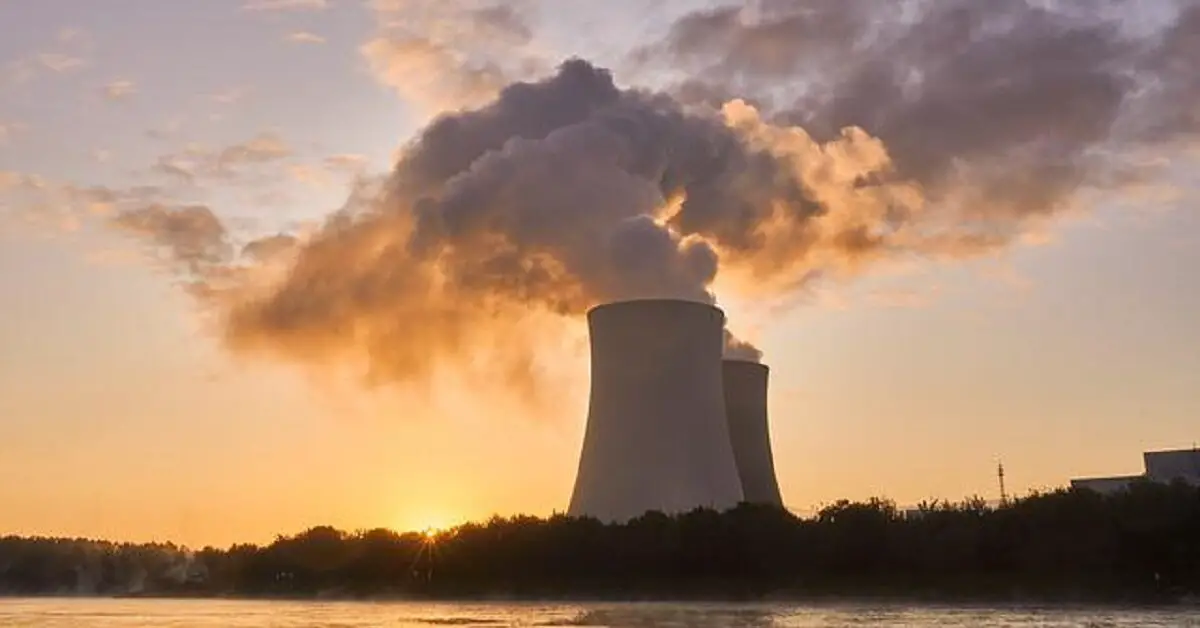
We explained in the last section that breaking down the binding forces between atoms of the glucose molecule releases energy that fuels biological processes.
One gram of glucose and one gram of protein release ≈4 Calories, while a gram of fat yields ≈9 Calories.
However, the massive amounts of energy stored in uranium are released through nuclear fission.
Energy is stored in the forces that hold the uranium atomic nucleus together. Researchers learned in the middle of the last century how to release nuclear energy by splitting the uranium nucleus into two (or more) lighter isotopes.
[Note: Isotopes are atoms of an element having an equal number of protons and electrons but a different number of neutrons.)
Scientists may accomplish nuclear fission by bombarding the unstable and heavy 235U atom (92 protons + 143 neutrons= 235 particles) with neutrons.
When the nucleus collides with a neutron, it captures it and becomes more unstable than before. The unstable nucleus then undergoes fission to form two lighter atoms (isotopes) with neutrons released.
23592U + 1 neutron → 9236Kr + 14156Ba + 3 neutrons + energy
The equation above describes the nucleus of 235U absorbing a neutron and splitting into two smaller nuclei: krypton-92 and barium-141.
The fission reaction releases three neutrons and lots of energy.
The neutrons released during fission may initiate a chain reaction. An uncontrolled chain reaction can occur, leading to a destructive explosion.
Nuclear power plants use controlled chain reactions to generate electricity that powers homes and industrial production.
The combined mass of the products of nuclear fission is smaller than the combined mass of the original interacting large atom and neutron. The “missing mass” represents mass converted to energy and released as heat (kinetic energy) and high-energy radiation, such as gamma rays.
You can calculate energy associated with the measurable decrease in mass using the Einstein equation:
E=mc2
Where:
- E =Energy released
- m=mass
- c=speed of light
In case you were wondering, nuclear fission is different from nuclear fusion.
Nuclear fusion typically involves the fusion of two (or more) atomic nuclei to form one (or more) heavier ones. The process also involves a change in mass (Δm) represented by energy released.
In thermonuclear bombs (hydrogen bombs), the fusion of two hydrogen isotopes (deuterium and tritium) forms a heavier helium atom, with vast amounts of energy released.
How to calculate calories equal to 1g of “missing mass” when 1kg of uranium undergoes complete fission
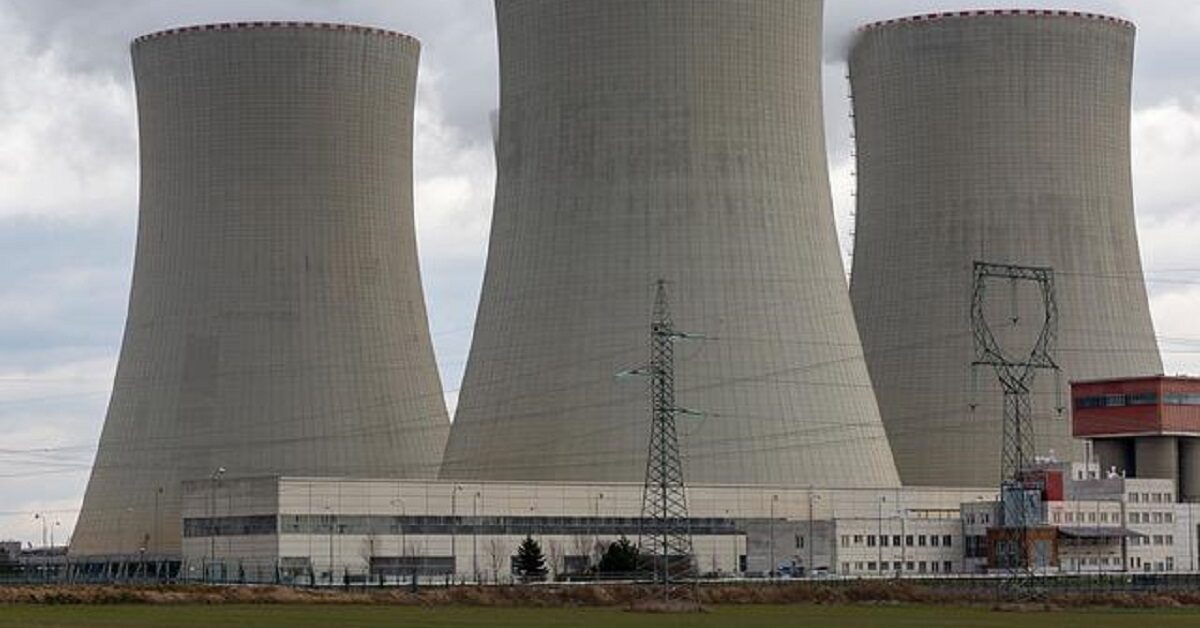
Uranium-235 releases enormous amounts of energy when its nucleus splits because the binding forces between nucleons (protons and neutrons) in the atomic nucleus are much greater than the forces between atoms in the molecule of a chemical compound.
Thus, a vastly higher energy release occurs in nuclear reactions than in chemical reactions, such as coal combustion or glucose metabolism.
The theory of relativity explains the relationship between energy and mass (mass-energy equivalence) summarized in the Einstein equation.
Example 1:
When 1 kg of uranium-235 undergoes complete fission, there is a loss of mass of a little less than 1g. The “missing mass” (approximately 1g or ≈1g) is associated with an amount of energy calculated as shown below:
E= mc2, where:
- E = Energy measured in joules(J)
- m= mass in kilograms(kg)
- c = the velocity of light = 3 x 108 meters per second (m/s)
E(J) = (3 x 108)2*m (kg)
E(J) = (9 x 1016)*m (kg)
If the change in mass (Δm) is ≈0.00091kg;
Then E(J) = 9.0 x 1016*≈0.00091kg = ≈8.19e+13J or ≈8.2 x 1013J.
Thus, the energy equivalent to ≈1g of “missing mass” when 1kg of uranium-235 undergoes complete fission is ≈8.2 x 1013J.
[Note:106 = millions; 109 = billions;1012 = trillions.]
To convert joules to Calories (kilocalories), you simply multiply the joules value by 2.390 X 10-4 conversion factor.
Thus the energy released when 1kg of uranium undergoes fission = (8.2 x 1013J) *(2.390 X 10-4) = 1.960 x 1010 kilocalories ≈20 billion kilocalories ≈20 billion Calories (1 Cal = 1 kilocalorie).
How many calories are released when 1g of uranium-235 undergoes complete fission
We may also calculate how many calories are released when only 1g of 235U undergoes complete fission.
We calculated in the preceding section that the complete fission of 1kg of the element yields 20 billion Calories (or kilocalories).
1 Cal = 1000 calories;
1 kilogram = 1000 grams;
Thus, 1 gram of uranium-235 yields 20 billion/1000 = 20 million Calories or 20 billion cal (small calories).
If you prefer the energy value expressed in joules, you simply divide the joules value calculated for 1kg of the element in the previous section by 1000:
Thus, when 1g of uranium-235 undergoes complete fission, the energy released is ≈8.2 x 1013J/1000 = 8.2 x 1010J.
How many calories are released per atom when uranium-235 undergoes fission?
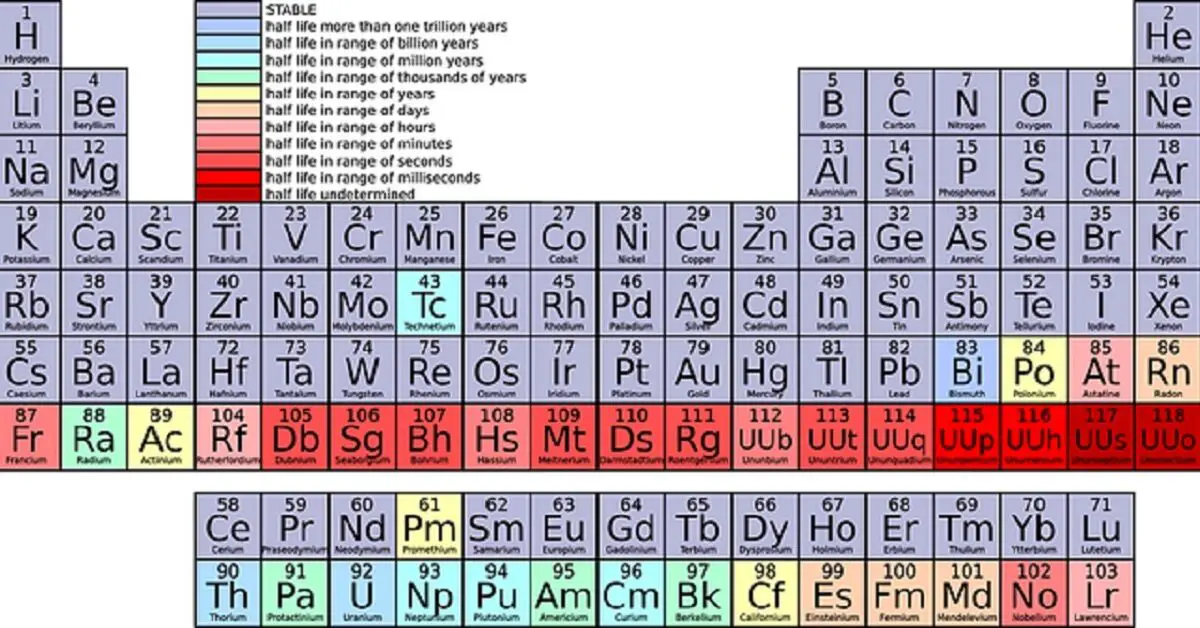
For 1 kg of uranium-235 to release energy equivalent to approximately 20 billion Calories, all the atoms in it must undergo fission. There are about 2.56 X 1024 atoms in a kilogram of uranium-235.
You can easily calculate the number of particles or atoms in 1kg of uranium-235 by using Avogadro’s number:
One mole of any substance contains 6.02214076 x 1023 particles or atoms.
1 mole of uranium = 235g.
Thus, 235g contains 6.02214076 x 1023 particles or atoms.
Therefore, 1000g (1kg) contains (6.02214076 x 1023)/235 x 1000 = 2.5626131e+24 = 2.56 x 1024 particles/atoms.
If the fission of 2.56 x 1024 atoms releases 1.960 X 1010 Cal;
Then, the fission of one atom of uranium-235 releases 7.66 x 10-15 Cal or 7.66 x 10-12 cal (see the calculation below).
Calculation: 1.960 X 1010/2.56 x 1024 = 7.65625e-15 Calories = 7.66 x 10-15 Cal or 7.66 x 10-12 cal.
We may convert Calories to joules by multiplying with 4184:
7.66 x 10-15 Cal x 4184 = 3.204944e-11J = 3.2 x 10-11J.
Thus, the fission of one atom of uranium-235 releases 3.2 x 10-11J.
A nuclear fission chain reaction is needed to make all the nuclei of a given mass of fissile uranium undergo fission in a short period.
Colliding an atomic nucleus with a neutron causes a fission reaction that emits neutrons.
The neutrons collide with other nuclei to induce more fission reactions which in turn release more neutrons that collide with other nuclei to induce even more fission reactions and so on.
Thus, in theory, a single neutron may initiate an uncontrolled chain reaction with more nuclei being involved at a geometrically increasing rate. The process leads to the generation of a large amount of energy in a short time interval accompanied by a destructive explosion.
However, when a given mass of uranium-235 — say 1 kg — undergoes fission in a nuclear power plant, the nuclear chain reaction is controlled, and all the atoms don’t undergo fission rapidly to generate 20 billion Calories in a short time interval.
Nuclear plants control fission chain reaction by inserting control rods consisting of non-fissile products into the reactor core. The rods help slow down the rate of the chain reaction by absorbing neutrons.
Fun Facts: 1g of 235U releases 20 billion calories of energy
We have shown how to calculate the amount of energy released when different weights of uranium undergo complete fission.
Our calculations show that fission of 1kg of uranium releases about 20 billion Calories while fission of a gram of uranium releases 20 million Cal equal to 20 billion cal.
We shall now compare calories released when uranium undergoes fission with calories released by other widely used sources of energy.
How many calories in Hiroshima and Nagasaki bombs
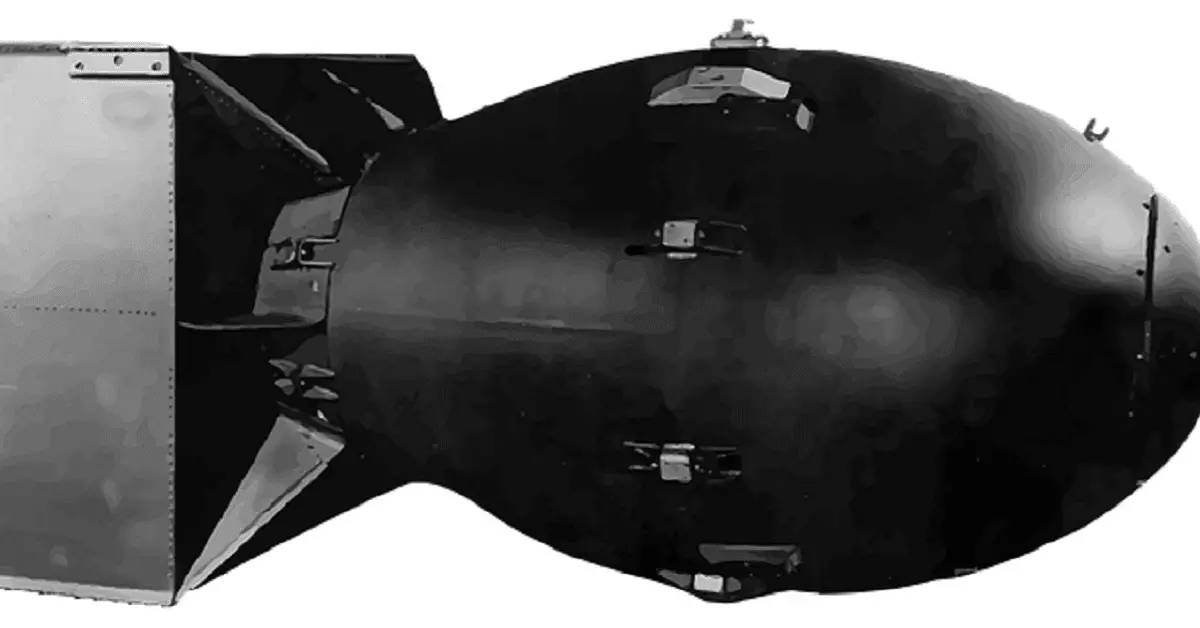
The Hiroshima bomb (Little Boy) generated energy approximately equal to about 15 kilotons (15000 tons) of TNT. The Nagasaki bomb (Fat Man) released 25 kilotons (25,000 tons) of TNT-equivalent of destructive force.
The amount of energy equivalent to a ton of TNT exploded = 109 calories (1 billion calories or 1 million Calories).
Thus, 25 kilotons of TNT (the Nagasaki bomb) released about 2.5e+13 calories = 2.5 x 1013 cals or 2.5 x 1010 Cal (large calories).
Calories released by 235U fission compared with TNT
If the energy equivalent of a ton (1,000 kg) of TNT is 109 calories (1 billion cal);
Then, the explosion of 1 kg of TNT yields 109/1000 = 106 (1 million cal).
We know from the previous calculations that the complete fission of 1 kg of uranium releases 2.0 x 1013 calories or 20 trillion calories (20 billion Cal);
Thus, we may estimate that fission of any weight of the radioactive element yields about 20 million times the energy of an equal weight of TNT.
We derived this estimate by 2.0 X 1013/106 = 2.0 x 107 = 20 million.
Calories released by 235U fission compared with the heating value of coal
The heating value for high-grade coal is 7000 calories per gram. That means that the fission of 1kg of uranium generates as many calories as 3,000 metric tonnes of high-grade coal.
(High-grade coal is the purest form of coal with up to 86%-97% carbon and has the highest heating value).
Calculation:
- You get 7000 calories by burning 1 gram of high-grade coal;
- That is equivalent to 7 million calories burning 1 kg of high-grade coal;
- Therefore, you get 2.0 x 1013 cal by combusting (2.0 x 1013)/7000000 = 2.9 million kilograms or approximately 3,000 metric tonnes of high-grade coal.
- Thus, the fission of 1 kg of uranium is equivalent to the heating value of about 3,000 metric tonnes of high-grade coal;
- The fission of 1g is equivalent to the heating value of 3 metric tonnes of coal.
How many calories are in plutonium?
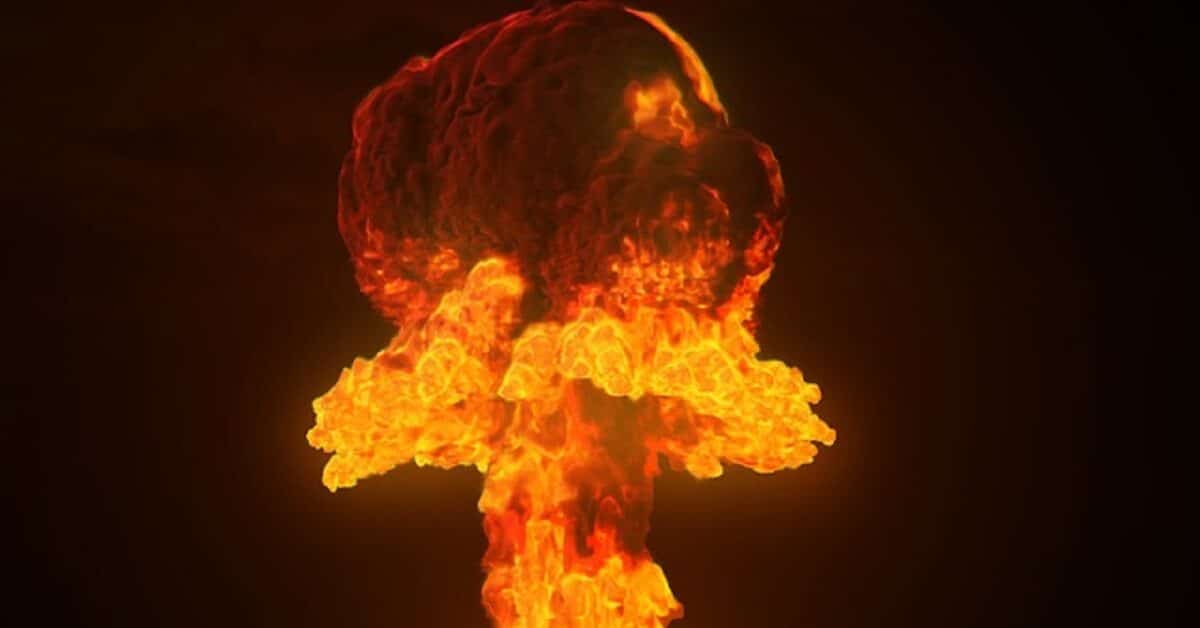
Plutonium (Pu) is also a concentrated source of energy. Complete fission of 1kg (2.2lbs) of the rare metallic element also yields about 20 billion Calories.
Plutonium was first discovered in 1940. The radioactive metal is found only in trace amounts in nature alongside natural uranium. Most of the available plutonium is produced synthetically.
Scientists at the University of California, Berkeley produced plutonium synthetically in 1940 while researching how to build a nuclear bomb.
The researchers produced the metallic element by bombarding uranium-238 with deuterons.
There are several fissionable isotopes of plutonium, including Pu-238, Pu-239, Pu-240, Pu-241, and Pu-242.
Pu-239 and Pu-241 are fissile. However, only Pu-239 is used to make nuclear bombs. Nuclear power reactors also use it to generate electricity.
How much protein does uranium have?
Uranium does not contain any protein. It is a metallic element with radioactive properties. It is a heavy metal and does not contain any dietary nutrients, such as carbs, protein, fats, fiber, minerals, and vitamins.
Uranium metal is not a nutrient. Although some heavy metals (iron, cobalt, copper, manganese, and zinc) are nutrients your body needs in small (trace) quantities, most are toxic to humans.
Some of the most toxic heavy metals widely distributed in our natural environment include lead, arsenic, mercury, chromium, and cadmium.
Can you eat uranium?
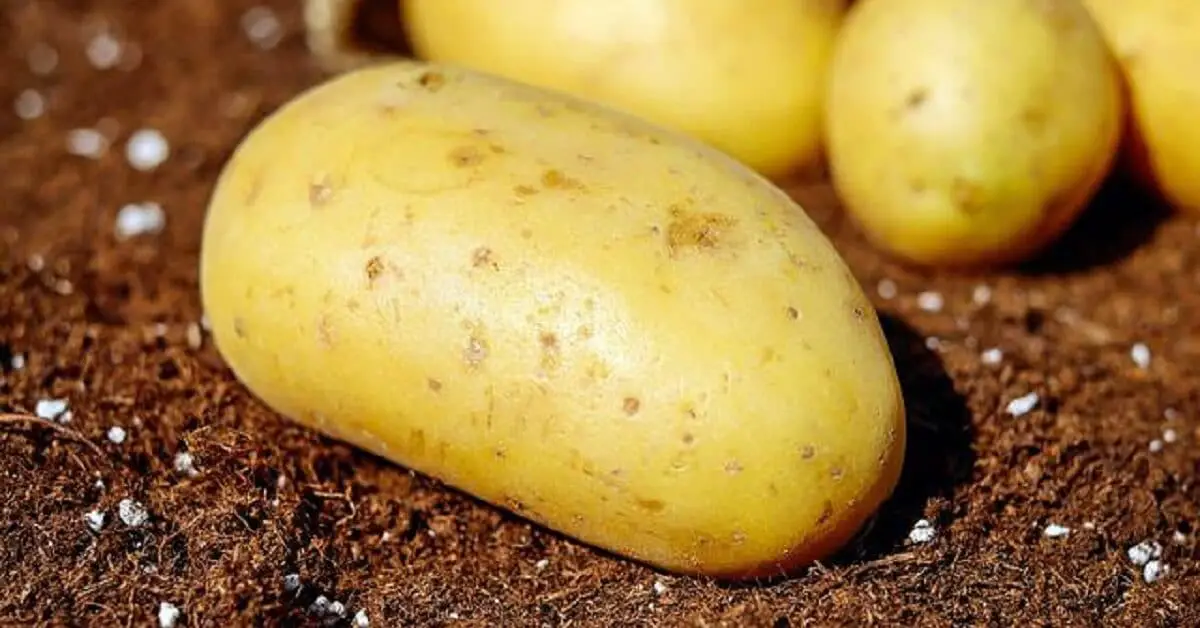
Most people ingest uranium daily but in too small quantities to harm them.
Uranium is a naturally occurring hard and dense radioactive metal widely distributed in our environment. It occurs in soils, rocks, water, air, plant, and animal tissues. Mining of uranium for commercial, scientific, and industrial purposes occurs in areas of the earth’s crust with significant deposits.
The element occurs in small quantities in most drinking water. However, water sources, such as wells drilled in uranium-rich soil or near active and inactive mines, have significantly higher concentrations.
The radioactive element occurs in most rocks and soils and thus in food crops.
Due to its widespread distribution in nature, you can’t avoid ingesting or absorbing some uranium daily.
The average daily intake of uranium through food and water ranges from 0.9 to 1.5 micrograms per day (μg/day). Root crops and vegetables (beets, parsnips, carrots, turnips) and tubers (potatoes and yams) contribute the highest amounts to the daily intake of uranium through food.
The amount of uranium in crops depends on the levels of the element in the soil where they were grown.
You can also take the metal into your body by absorbing it through the skin or by breathing in dust particles containing the element. Thus, people who work in industries and professions, such as mining and manufacturing, that involve contact with the metal and its compounds have greater exposure. People may also get exposed to uranium through contact with high uranium soil and rock, such as phosphate rock used for producing phosphate fertilizers.
However, we manage to get rid of most of the radioactive element that enters our bodies. About 0.1%–6% of the uranium that enters the digestive system finds its way into the bloodstream. About 0.76%-5% of the element inhaled gets into the bloodstream.
We expel the rest through urine and feces.
The portion that remains in the body gets deposited in various organs and tissues. Most of the deposited uranium occurs in the bones and organs, such as the liver and kidneys.
What happens if you eat the element?
Uranium is generally less toxic when ingested than when inhaled, partly due to poor absorbability in the digestive system.
The average daily intake of 0.9 to 1.5 micrograms per day (μg/day) isn’t known to cause any adverse health effects.
However, if you eat a large amount at a sitting, it may have serious toxic effects and even cause death. Similarly, if you eat quantities significantly greater than 0.9 to 1.5 micrograms per day (μg/day) over a long period, it may accumulate in your body and harm your health.
The health effects of exposure to natural or depleted uranium through ingestion, inhalation, and skin contact include damage to the kidneys and the respiratory system.
Kidney damage occurred in soldiers exposed to fragments of the element during combat.
In short, evolution did not adapt the human digestive system to utilize the energy stored in nuclear binding forces. Thus, eating uranium won’t make you fat or gain weight. Instead, it may lead to serious health issues and even death due to systemic toxicity.
Your body can only get calories by breaking down compounds, such as carbohydrates, protein, and fats.
How much uranium can you eat?
An intake of 25mg-40mg can cause damage to the kidneys. The damage may be clinically detectable as protein and dead cells in the urine. However, there are usually no symptoms. The kidney usually recovers if the intake stops early enough.
However, a higher intake of 50mg-150mg may cause acute kidney failure and death.
According to Keith and associates (2013), the health effects of eating, inhaling, and skin exposure to natural and depleted uranium are chemical and not radiological. However, exposure to enriched uranium with a high concentration of uranium-235 isotope may have more pronounced radiological health effects, such as cancer.
Water-soluble uranium compounds have higher systemic toxicity than less soluble compounds because they are more easily absorbed (Keith et al., 2013).
- High systemic toxicity: water-soluble uranium compounds such as uranyl nitrate, uranium hexafluoride, uranyl fluoride, and uranium tetrachloride.
- Moderate-to-low systemic toxicity: Less soluble compounds, such as uranium tetrafluoride, sodium diuranate, and ammonium diuranate.
- Low systemic toxicity: Insoluble compounds such as uranium trioxide, uranium dioxide, uranium peroxide, and triuranium octaoxide. However, prolonged inhalation exposure to insoluble uranium compounds may cause pulmonary (lung) toxicity and some radiological effects.
The chemical toxicity of all isotopes and isotopic mixtures of uranium are identical because it depends on the chemical properties and not the radiological properties of the metal (Keith and associates).

